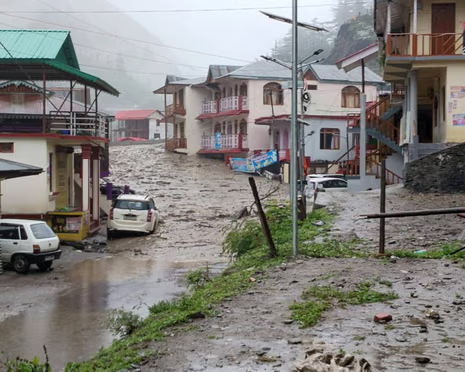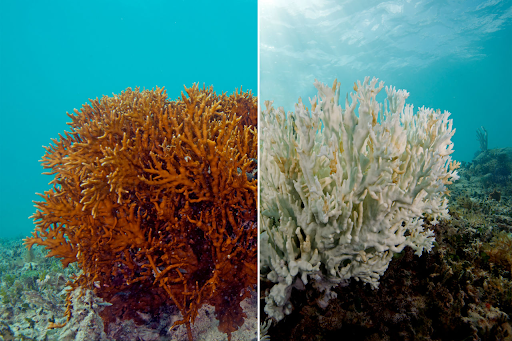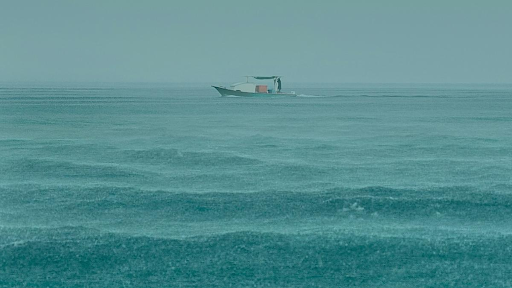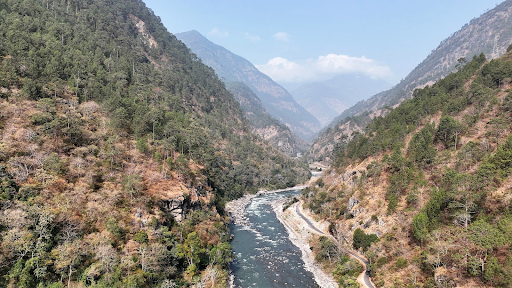Description
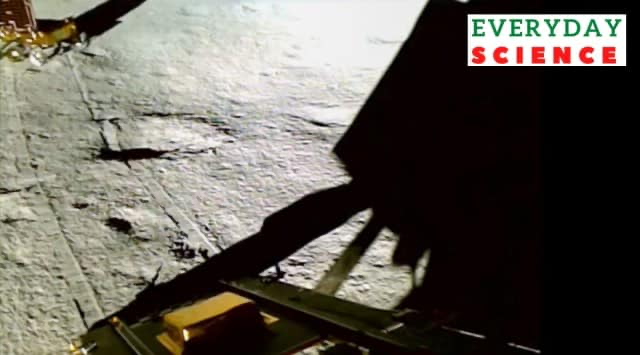
Disclaimer: Copyright infringement not intended.
Context
Recent announcement by Indian Prime Minister Narendra Modi regarding the naming of the Chandrayaan-3 lunar lander's touchdown point.
Details
- Indian Prime Minister Narendra Modi announced the naming of the lunar landing site where Chandrayaan-3 touched down.
- The Prime Minister revealed this decision during a visit to the Indian Space Research Organisation (ISRO) headquarters in Bengaluru.
- The naming of lunar sites after successful missions is a global tradition.
Chandrayaan-2's Landing Site: "Tiranga"
- Discussion over naming Chandrayaan-2's crash site occurred after its unsuccessful landing attempt in 2019.
- Decision to name it "Tiranga" was taken in anticipation of future success in soft-landing attempts.
Authority Over Naming Lunar Sites
- The Moon, as per the 1966 Outer Space Treaty, is not subject to national appropriation or sovereignty claims.
- International cooperation and common principles govern space exploration.
- Naming lunar sites does not contradict this treaty, but the treaty itself does not address the issue of naming.

The Role of the International Astronomical Union (IAU)
- The IAU is responsible for planetary and satellite nomenclature.
- Its decisions establish conventions for understanding astronomical objects and processes.
- The IAU has 92 member countries, including India.
Naming Lunar Landing Sites: The Process
- Informal naming often occurs first, especially for mission sites with limited available information.
- High-quality images from spacecraft contribute to improved understanding of lunar features.
- Major far-side craters were named after scientists and engineers.
- These informal names are submitted to the IAU for approval.
IAU's Process for Naming Planetary Objects
- IAU's Working Groups handle the process of naming planetary features.
- Themes for naming features are chosen when initial images of surfaces are obtained.
- Higher resolution images lead to additional name proposals by investigators.
- Suggestions can be submitted to a Task Group, but approval is not guaranteed.
- Approved names become official IAU nomenclature and are entered into the Gazetteer of Planetary Nomenclature.
IAU's Naming Norms for Planetary Objects
- Names should be simple, clear, unambiguous, and not duplicate existing names.
- Political, military, or religiously significant names are not allowed.
- Commemoration of persons on planetary bodies requires special circumstances and a three-year posthumous period.
Examples of Named Lunar Features
- Several major far-side craters received names from scientists and engineers.
- Craters named informally during Apollo missions were later officially recognized by the IAU.
- Significant lunar sites carry both informal and official names.
|
PRACTICE QUESTION
Q) Consider the following statements:
- According to the 1966 Outer Space Treaty, lunar sites cannot be named without the approval of the International Astronomical Union (IAU).
- Names approved by IAU become official IAU nomenclature and are entered into the Gazetteer of Planetary Nomenclature.
Select the correct statements using the codes below:
(a) 1 only
(b) 2 only
(c) Both 1 and 2
(d) Neither 1 nor 2
Answer: B
|

https://indianexpress.com/article/explained/everyday-explainers/shiv-shakti-tiranga-jawahar-sthal-chandrayaan-moon-names-8911906/









